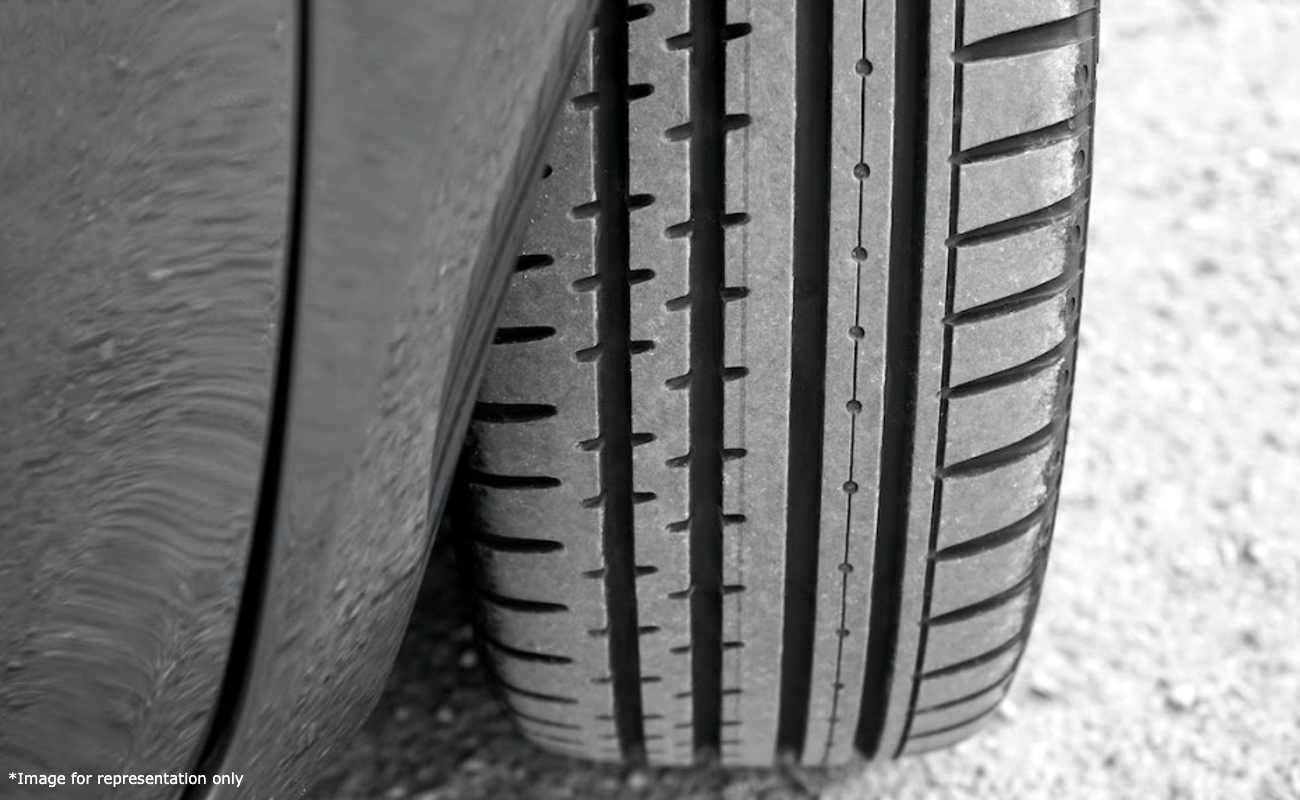How to choose between rubber and TPE; what should be criteria and rules
When it comes to choosing between rubber and TPE (thermoplastic elastomers), there are a few key factors to consider. Both materials have their own unique properties and advantages, so understanding the criteria and rules for each will help you make an informed decision about which material is best for your project or application.
Criteria to Consider
Temperature Resistance: Rubber is known for its excellent heat and cold resistance, making it a great option for applications that will be exposed to extreme temperatures. TPE, on the other hand, is not as heat-resistant, but can still withstand moderate temperatures.
Chemical Resistance: Rubber is also known for its chemical resistance, making it suitable for applications that will be exposed to harsh chemicals or corrosive environments. TPE, on the other hand, is not as chemical-resistant, but can still withstand some exposure to chemicals.
Flexibility and Durability: Rubber is known for its flexibility and durability, making it a great option for applications that require a lot of movement or stress. TPE, on the other hand, is more flexible than rubber, but not as durable.
Cost: Rubber can be more expensive than TPE, so cost is an important factor to consider when choosing between the two materials.
Recycling: TPE is more recyclable than rubber, which means that it is more environmentally friendly.
Rules to Follow
Understand your application: It's important to understand the specific requirements of your application before choosing between rubber and TPE. For example, if your application requires extreme temperatures or harsh chemicals, then rubber may be the better option.
Consider the cost: Rubber can be more expensive than TPE, so cost is an important factor to consider when choosing between the two materials.
Consider the environmental impact: TPE is more recyclable than rubber, so if you're looking for a more environmentally-friendly option, then TPE may be the better choice.
Consult with experts: If you're unsure about which material is best for your application, it's always a good idea to consult with experts in the field. They will be able to provide you with valuable advice and guidance.
In conclusion, choosing between rubber and TPE can be a difficult decision, but by considering the criteria and rules outlined above, you can make an informed decision that is best for your application. Whether you choose rubber or TPE, both materials have their own unique properties and advantages, so it's important to understand the specific requirements of your application before making a final decision.

